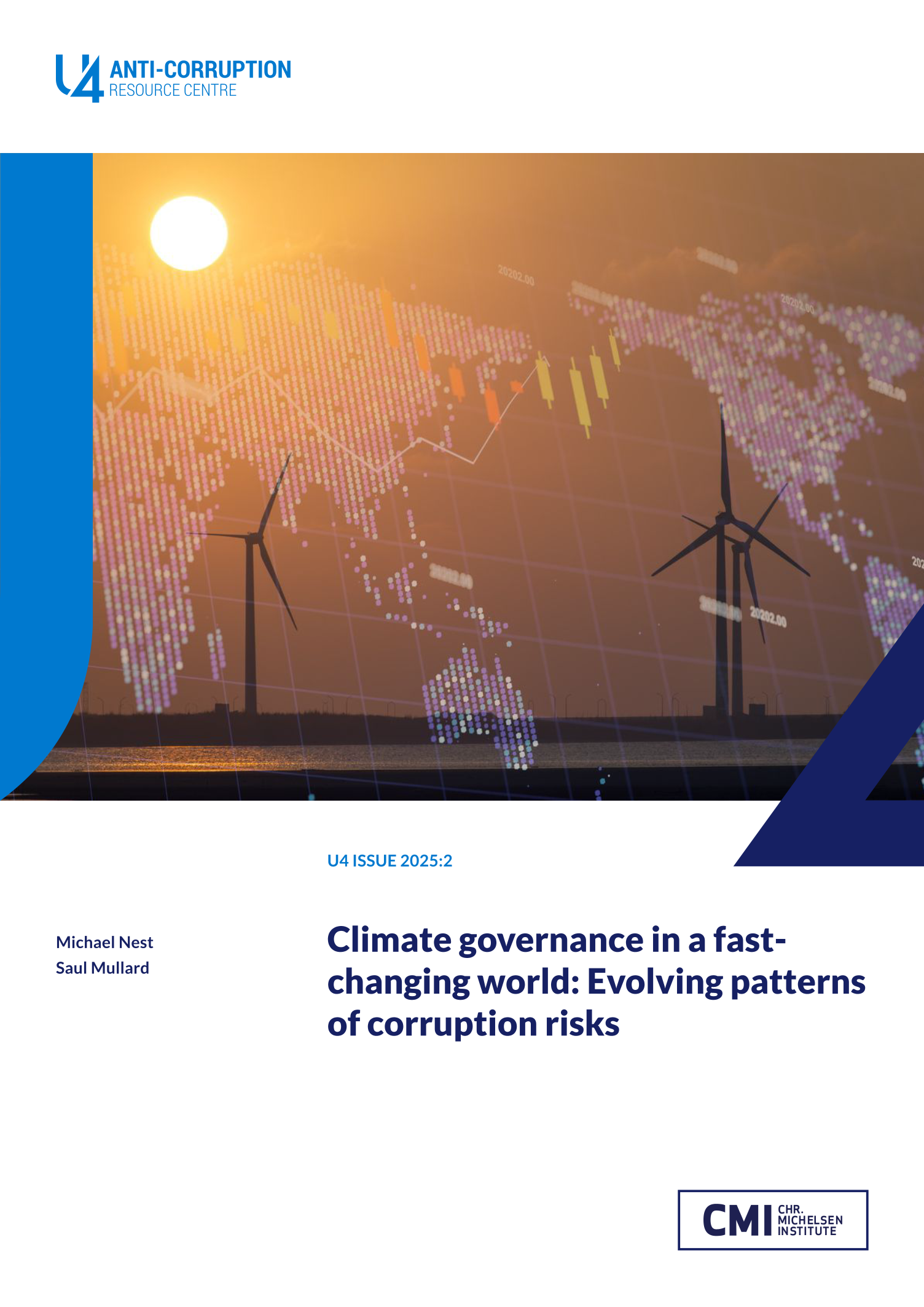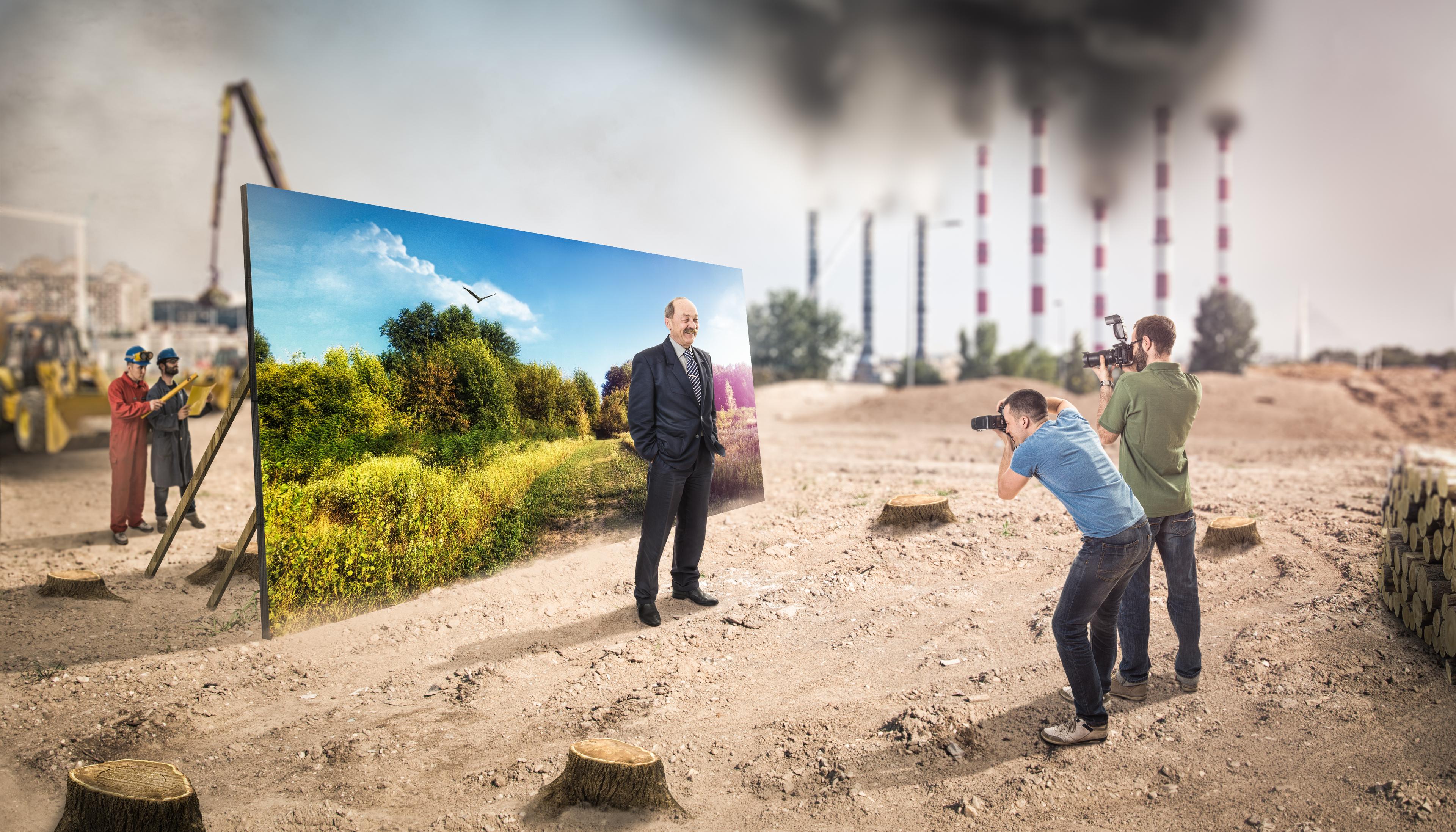Main points
- The most recent data on global climate finance and up-to-date indices for corruption and governance confirm that corruption and inconsistent integrity controls in climate finance remain ongoing problems. This threatens to jeopardise global work to achieve a just energy transition to net zero by 2050.
- In 2022, climate finance investments were worth US$1.27 trillion – more than double their value in 2018. The funding is split evenly between public and private finance, but we are seeing more government subsidies for investments in renewable energy.
- Current patterns of climate finance show that the main recipients of climate-related development finance are countries most at risk of corruption. India is the top recipient (US$7.8 billion or around 8% of total development funds) but the country scores moderately for integrity. The recipients from least-developed countries that are most vulnerable to climate change – including Bangladesh, Niger and Ethiopia – have severe corruption problems.
- The increase in climate investments is creating new and emerging challenges, including: an influx of private sector capital which is subject to inconsistent integrity controls; increased threat from the infiltration of organised crime networks; and burgeoning risks around governmental ‘green subsidies’.
- Climate investments are not always allocated to meet climate targets. They can be used for profit, or to meet political and economic goals. There is also increasing pressure to boost mining or renewable energy infrastructure, allocating land that is already used or owned by marginalised communities.
- Weaker transparency in China, Japan, Australia, and Netherlands – all large economies significant for the climate crisis and for global finance – suggests that there is scope for integrity action in developed countries, and in sources of climate finance, not just for its recipients.
- Large OECD economies that are major sources and destinations of climate finance have some controls in place. However, undue industry influence in these countries is a major concern, because they are some of the biggest emitters of greenhouse gas, and home to some of the largest fossil fuel producers.
- Mining of minerals that are critical for the energy transition – such as lithium and nickel – is expanding, despite limited progress on reducing corruption in many producer countries.
- Until these challenges are clearly understood and evidence-based anti-corruption responses are put in place, the likelihood of a ‘just transition’ to net zero will be jeopardised.
- Climate mitigation projects should be aware of these issues: 1) Project design must include meaningful community consultation. 2) Robust tender processes will help prevent corrupt behaviour. 3) Always undertake due diligence on partners and projects before providing equity. 4) Reputational damage can extend far beyond contracts in the climate sector. 5) Tax write-offs and government subsidies are a red flag for integrity risk. 6) Political pressures are likely to cause inadequate monitoring and community consultation. 7) Civil society and community stakeholders have a critical role in monitoring climate initiatives for integrity breaches.



